I would like to thank and acknowledge all the talented individuals who transformed this manuscript into a book: Patrick Crean, Gordon Robertson, Alastair Williams, Janice Weaver, Kathleen Richards, John Lightfoot, Gillian Watts. and Kelly Cattermole. Particular credit goes to my editors, Liz Kershaw at Summersdale Publishers, Pete Wolverton at St. Marrins Press, and especially Jim Gifford at Thomas Allen Publishers, for their insightful observations and suggestions, which tightened and strengthened the book immeasurably. I would also like to thank my agents, Frances and Bill Hanna, who did a remarkable job organizing and coordinating the project with publishers on both sides of the Atlantic.
Scurvy required a lot of reading and research. I appreciate the efforts of Helene Lafontaine at the Canmore Public Library for helping me to collect articles and books from around the country. Thanks also to the Canada Council for the Arts for giving me an artists project grant.
This book could not have been completed without the patience and contributions of my wife. Nicky Brink. She encouraged me and lent her support from the moment I conceived of this project on a dreary November afternoon, when I was eating an orange and wondering how people acquired enough vitamin C before the advent of modern transportation and refrigeration, which brought fresh fruit to our doorsteps. Now that I know more about those distant times, I appreciate all the more may winter oranges.
THE MYSTERY SOLVED

NEITHER JAMES LIND nor James Cook lived to see the tremendous benefits to the Royal Navy brought about by the defeat of scurvy. While he effectively eliminated scurvy aboard his ships, Cook left a vague and muddled report on antiscorbutics that was later used by John Pringle to promote a fashionable but useless cure that contributed to the Royal Navys problems during the War of American Independence. Still, Cook is often erroneously given credit for the defeat of scurvy, and opinions of Lind have not been consistently favourable. During Linds own life, he remained an obscure and perhaps not entirely respected individualhe received no national honours and was never elected a fellow of the Royal Society. He was ignored and forgotten by almost everyone, apart from a few perceptive disciples. By the mid-twentieth century, however, he was regarded as the founder of naval hygiene, with some writers claiming that he alone solved the scurvy problem, and that he understood why citrus fruits were powerful medicines against scurvy, which clearly he did not. Now a more balanced appreciation of his character and accomplishments highlights bothhis successes and his failures, which should not minimize his overall contribution to solving the mystery of scurvy. The climate of theories and ideas in which he laboured was so convoluted that to overcame it required more energy than one single man could have mastered, and it is a testament to his integrity and strength of character that he persevered in promoting what were obviously unpopular ideas that ran counter to prevailing notions. Without Linds work as a foundation, and Cooks morale-boosting success against scurvy in the Pacific, Blane would have had little information upon which to base his own efforts to eradicate the affliction.
More than half a century after Blane helped eliminate scurvy from the Royal Navy, and several decades after his death, the disease resurfaced in Europe. It was still not entirely understood. In the mid-nineteenth century, limes from British plantations in the West Indies had been substituted for Mediterranean lemons because they were a source of citrus juice securely under British control. Merchant sailors of the East India Company, who frequently crossed the Atlantic on their return voyages pushed by winds and the Gulf Stream, became known as lime juicers because of the great quantity of limes they purchased in the West Indies. (In 1854 the Merchant Shipping Act required that all British sailors on private ships be provided with antiscorbutics, which usually meant lime juice.) Later, the nickname Limeys came to apply to all the English. The West Indian sour lime, however, is a source of ascorbic acid far inferior to the Mediterranean lemon, although this was not known until the twentieth century. Sour limes contain only about a third of the ascorbic acid of oranges and lemons.
By the mid-nineteenth century, lime juice was being mass-produced in large quantities, not just for the Royal Navy but for the merchant marine and for shipping to America and Europe. Production was not tightly controlled, however, and inferior batches that were allowed to settle too long in holding tanks, were exposed to prolonged heat, or were run through copper pipes in the bottlingprocess frequently found their way to market. Lime and lemon were then being used interchangeably, and it is impossible to know whether a supply was of lemon juice or the inferior lime. The daily ration of three-quarters of an ounce of lemon juice was itself barely adequate to ward off scurvy in the absence of fresh foods, and when that ration was replaced by lime juice with one-third the potency or less (depending on the manufacturing process) scurvy was bound to reappear on lengthy voyages or expeditions.

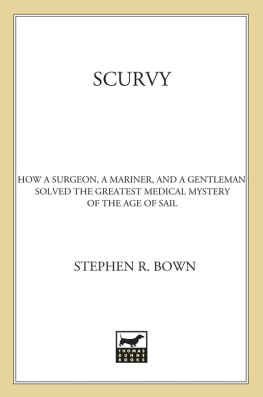
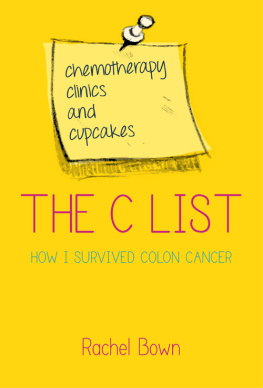
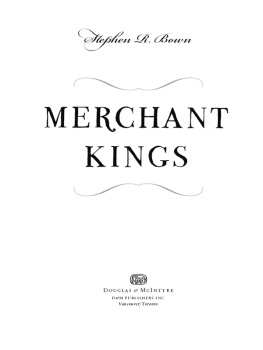


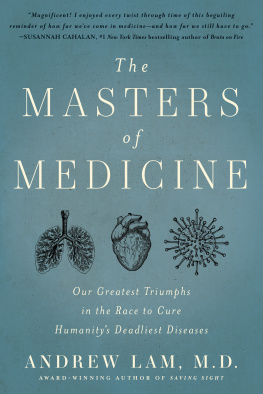
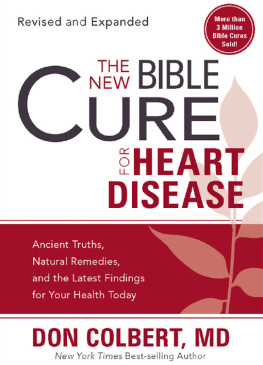
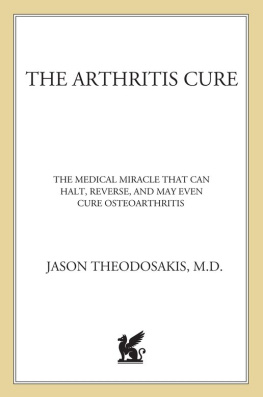
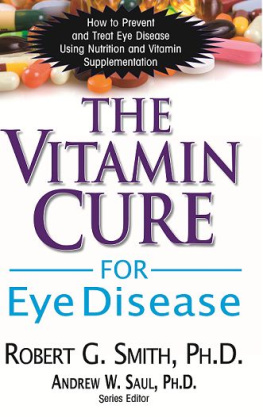

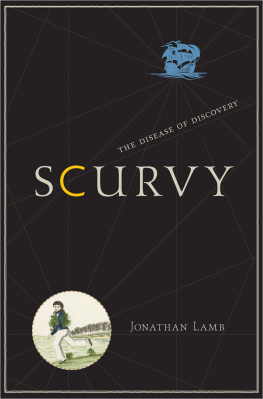

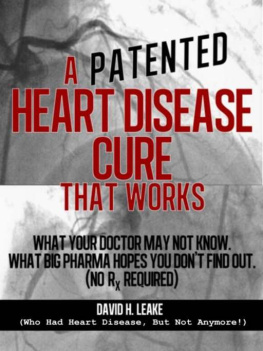
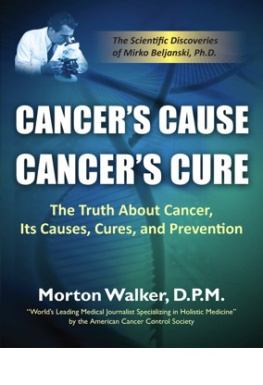


 NEITHER JAMES LIND nor James Cook lived to see the tremendous benefits to the Royal Navy brought about by the defeat of scurvy. While he effectively eliminated scurvy aboard his ships, Cook left a vague and muddled report on antiscorbutics that was later used by John Pringle to promote a fashionable but useless cure that contributed to the Royal Navys problems during the War of American Independence. Still, Cook is often erroneously given credit for the defeat of scurvy, and opinions of Lind have not been consistently favourable. During Linds own life, he remained an obscure and perhaps not entirely respected individualhe received no national honours and was never elected a fellow of the Royal Society. He was ignored and forgotten by almost everyone, apart from a few perceptive disciples. By the mid-twentieth century, however, he was regarded as the founder of naval hygiene, with some writers claiming that he alone solved the scurvy problem, and that he understood why citrus fruits were powerful medicines against scurvy, which clearly he did not. Now a more balanced appreciation of his character and accomplishments highlights bothhis successes and his failures, which should not minimize his overall contribution to solving the mystery of scurvy. The climate of theories and ideas in which he laboured was so convoluted that to overcame it required more energy than one single man could have mastered, and it is a testament to his integrity and strength of character that he persevered in promoting what were obviously unpopular ideas that ran counter to prevailing notions. Without Linds work as a foundation, and Cooks morale-boosting success against scurvy in the Pacific, Blane would have had little information upon which to base his own efforts to eradicate the affliction.
NEITHER JAMES LIND nor James Cook lived to see the tremendous benefits to the Royal Navy brought about by the defeat of scurvy. While he effectively eliminated scurvy aboard his ships, Cook left a vague and muddled report on antiscorbutics that was later used by John Pringle to promote a fashionable but useless cure that contributed to the Royal Navys problems during the War of American Independence. Still, Cook is often erroneously given credit for the defeat of scurvy, and opinions of Lind have not been consistently favourable. During Linds own life, he remained an obscure and perhaps not entirely respected individualhe received no national honours and was never elected a fellow of the Royal Society. He was ignored and forgotten by almost everyone, apart from a few perceptive disciples. By the mid-twentieth century, however, he was regarded as the founder of naval hygiene, with some writers claiming that he alone solved the scurvy problem, and that he understood why citrus fruits were powerful medicines against scurvy, which clearly he did not. Now a more balanced appreciation of his character and accomplishments highlights bothhis successes and his failures, which should not minimize his overall contribution to solving the mystery of scurvy. The climate of theories and ideas in which he laboured was so convoluted that to overcame it required more energy than one single man could have mastered, and it is a testament to his integrity and strength of character that he persevered in promoting what were obviously unpopular ideas that ran counter to prevailing notions. Without Linds work as a foundation, and Cooks morale-boosting success against scurvy in the Pacific, Blane would have had little information upon which to base his own efforts to eradicate the affliction.